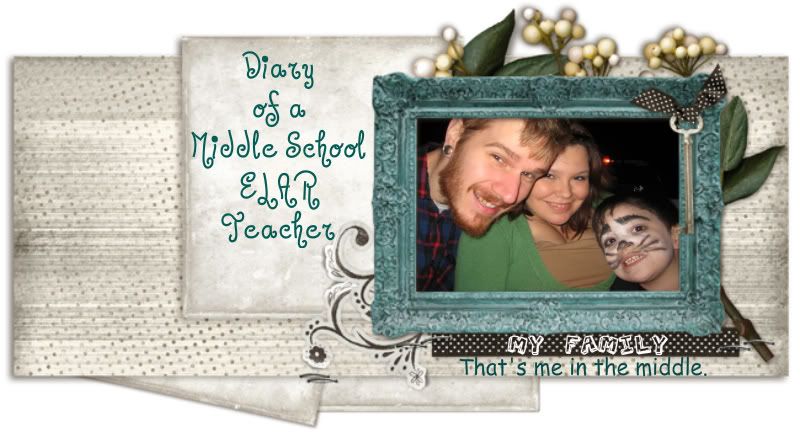*Fliers created by our Middle School students.
Thursday, September 8, 2011
8th Grade - Greek Mythology
Daedalus and Icarus (The first four groups of students created wings out of wax clay and feathers. They were only aloud 3 supplies, so that they could step inside the mind of Daedalus while trying to escape.)
Daedalus was an inventor, and he hated being in exile, so he decided to build wings for himself and his son, Icarus to escape. As they made their flight across the sky, he warned the boy: "'Take care / To fly a middle course, lest if you sink / Too low the waves may weight your feathers; if / Too high, the heat may burn them. Fly half-way / Between the two.'" With the freedom of his wings, Icarus flew too close to the sun, and his wings melted. He fell into the sea and drowned. In his memory, the sea where he drowned bears his name.
Nike:
is shown flying down with a torch and a wreath to bestow victory on an Athlete. Nike is the goddess of victory in Greek Mythology. Homer does not personify Nike. She is the daughter of the giant Pallas and the river Styx in Hesiod and she is sent to fight on the side of Zeus against the Titans. Athens did not appear to have a separate cult for Nike by herself. At first she was inseparably connected and confounded with Pallas Athena, the dispenser of victory, but she has gradually separated from her. Both Athena and Zeus can be seen carrying small figures of Nike indicating that she is an attribute of both of them. Nike with Athena is always wingless while Nike as a separate goddess is always winged. Nike appears carrying a palm branch, wreath, or a caduceus of Hermes in works of art. She is also seen erecting a trophy or recording a victory on a shield. Frequently she is seen hovering with outspread wings over the victor in a competition. Nike gradually came to be recognized as a sort of mediator of success between gods and men not only in war but all sorts of human undertakings.
(*Students created Nike's Torch of Victory)
POSEIDON:
was the great Olympian god of the sea, rivers, flood and drought, earthquakes, and horses.
He was depicted as a mature man of sturdy build with a dark beard, and holding a trident.Artemis and Apollo:
remained close to each other forever. Both siblings would become associated with the skill of archery (bow and arrow), and they enjoyed hunting together. In addition, both had the power to send plagues upon mortals.
*Students in this group created a working bow and arrow set out of pipe cleaners and a piece of yarn.
Picture Puzzle Pieces - 7th grade Groups 1 & 2 videos
Picture Puzzle Pieces by Shel Silverstein
Picture Puzzle Pieces is one of the best illustrations of alliteration poems by Shel Silverstein.
How does Shel Silverstein use the alliteration to make this a sad poem rather than a humourous one?
One immediately feels sympathy for the "picture puzzle piece" lying all on its own on the sidewalk and getting soaked in the rain. With the emphasis on the p-p-p sound the audience is sharply aware that it is a single part of a puzzle and is missing its whole.Ask the students to softly murmur the p-p-p sound while you read the poem to them. What does it sound like? (raindrops falling)
Provide students with paper, crayons, markers and invite them to illustrate what they think is on the puzzle piece by using the clues from the poem e.g. 'button of blue' , or 'Bobo the Bear'.
Wednesday, September 7, 2011
Middle School Dance
COME
TO THE
MIDDLE SCHOOL DANCE!
Admission $4
Friday
September 9, 2011
from
5pm – 8pm
6th-8th ONLY
* Concessions will be available/sold
Subscribe to:
Comments (Atom)










